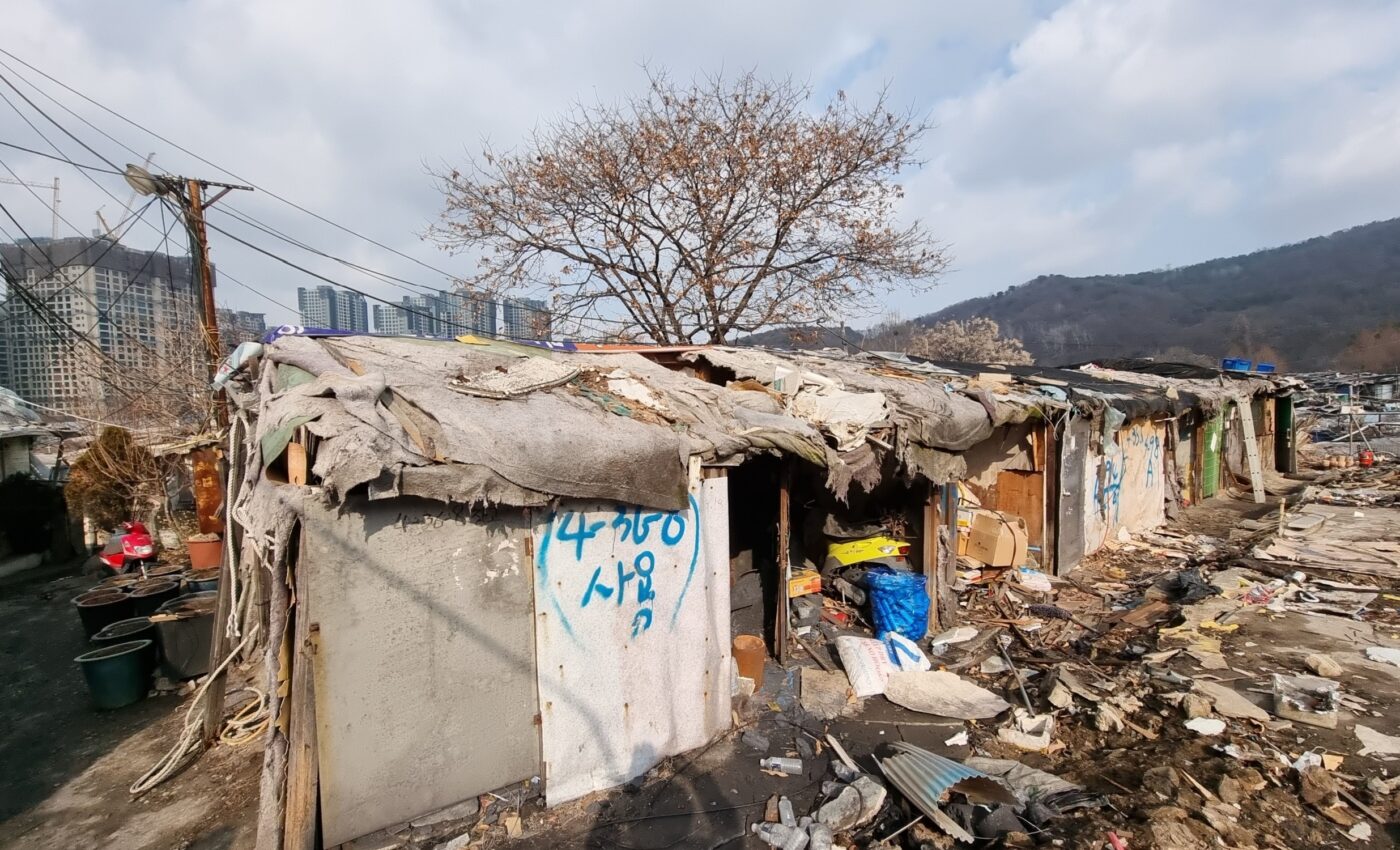
'Disaster subculture' helps people cope on the frontline of the climate crisis
In certain corners of the world where climate catastrophes strike with alarming regularity, the impact on marginalized communities can transform their perception of daily life. A recent study from the University of Kansas has shed light on the impact of frequent exposure to severe weather conditions. This exposure has led to the formation of what could be termed a “disaster subculture” in a poverty-stricken neighborhood in Seoul, South Korea.
Disaster subculture helps to normalize hardship
A disaster subculture refers to a set of shared attitudes, behaviors, and practices that develop among a group of people frequently exposed to natural disasters. This concept is often observed in communities that regularly experience events like hurricanes, floods, or earthquakes.
These communities adapt to their challenging circumstances by developing unique coping mechanisms, knowledge, and survival strategies that are transmitted across generations, helping them manage the psychological and physical impacts of living in high-risk environments.
Essentially, the disaster subculture helps residents normalize and endure their hazardous conditions, often leading to a resigned acceptance of their situation.
Disaster subculture in Seoul’s Jjokbang-chon
Residents of Jjokbang-chon, a district marked by extreme poverty, endure the harsh realities of climate change from the confines of cramped, 70-square-foot living spaces. Throughout a year of immersive ethnographic research, Joonmo Kang, an assistant professor of social welfare, delved deep into the lives of these individuals to understand disaster subculture.
Kang discovered that many residents have become so accustomed to severe weather that it shapes their entire outlook on life. The study uncovers a poignant narrative of indifference and acceptance among the residents. Despite living in conditions that many would find unbearable, they often express a fatalistic acceptance of their situation.
“All year around, all four seasons are filled with distress; every day is a disaster… the weather doesn’t matter,” stated one of the residents.
Challenges in social work and climate justice
The implications of this study related to disaster subculture are profound for social work and climate justice. “This research focused on how people make meaning of extreme weather. The findings revealed they developed a ‘disaster subculture’… It is what it is,” Kang noted.
This acceptance and normalization of hardship reflect a significant challenge in addressing the needs of these communities. A community organizer working with the residents offered insight into their mindset, suggesting that the residents’ acceptance might also be an expression of their efforts to cope.
“It might also be their way of telling us, ‘I am trying my best to adjust,’ and at the same time even though they have a desire to get out of here, they might just be saying that because they don’t have the resources or the means to turn things around,” the organizer explained.
Understanding disaster subculture
Understanding these lived experiences is crucial for social work professionals who aim to serve vulnerable populations effectively. Kang’s research emphasizes the need to address the root causes of such living conditions and to listen closely to those directly affected.
Kang draws an analogy with the boiling frog metaphor, suggesting that unlike the frog, people in these extreme conditions offer valuable insights into potential solutions.
Advocating for marginalized communities
Kang plans to further explore how to empower and advocate for marginalized communities in addressing the daily impacts of climate change. “The folks who live these experiences know best. They have agency, and we need to listen to them.”
His approach suggests a shift towards a more inclusive and responsive strategy in social work and climate justice, emphasizing the importance of listening and responding to the needs and desires of those most affected.
In conclusion, this study not only highlights the resilience and adaptability of marginalized populations in the face of environmental extremes but also calls for a reevaluation of how social agencies engage with and support these communities.
By acknowledging the distress and suffering of the disaster subculture in Jjokbang-chon, we must recognize an urgent need to address the broader implications of climate change on a deeply personal level.
The study is published in the journal International Journal of Social Welfare.
—–
Like what you read? Subscribe to our newsletter for engaging articles, exclusive content, and the latest updates.
Check us out on EarthSnap, a free app brought to you by Eric Ralls and Earth.com.
—–













